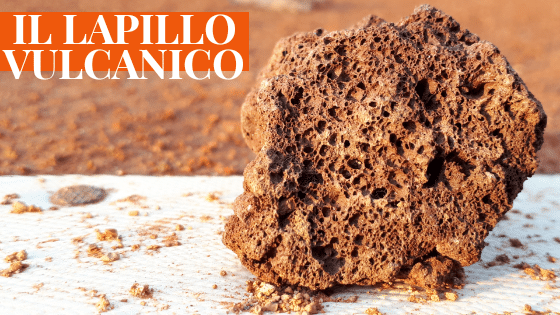
🇮🇹 Non tutti i costruttori utilizzano il macinato drenante per tenere “divisi” il sottomanto dal sottofondo del campo che solitamente è composto di pietre/sassi di vario calibro. Alcuni preferiscono usare il lapillo vulcanico. Dalla foto si nota chiaramente la sua caratteristica principale: è estremamente poroso essendo a “celle aperte”. Ciò significa che potenzialmente ha la capacità di “incamerare” molta più acqua rispetto al “classico” macinato drenante citato all’inizio. Questo è un problema? A mio avviso no, se siete a conoscenza della sua presenza nei vostri campi. Probabilmente nel quotidiano servirà meno acqua per la manutenzione giornaliera ma più attenzione post pioggia. Anche stavolta, CONOSCERE IL PROPRIO CAMPO è basilare.
🇬🇧 Not every builder uses the ground drainage to “separate” the under-layer from the bottom of the court, which is usually composed by stones of different caliber. Some builders prefer the volcanic lapillus. In the picture you can notice its main characteristic: it is extremely porous having an “open-cell” structure. This means that it has potentially the capacity of “pinch” much more water than the “classic” ground drainage mentioned at the beginning of the post. Is this a problem? In my opinion it’s not, if you know its presence in your courts. Probably you’ll need less water for the daily maintenance but you’ll have to pay more attention after the rain. Even this time, it is fundamental TO KNOW YOUR OWN COURT. Translation: Alessandra Trasforini.
#volcaniclapillus #underlayer #bottom #grounddrainage #maintenance #water #hosedown #lapillovulcanico #sottomanto #sottofondo #macinatodrenante #manutenzione #acqua #annaffio

